The growth of Salesforce since 1999 has been hugely impressive. In just over two decades, they have created an ecosystem of admins, developers, consultants, and users inspired by the #Trailblazer movement to continue disrupting CRM, while fostering equality and diversity. Talking money, Salesforce is an industry in its own right, where the latest projections until 2024 include $1.6 trillion of new business revenues, 9.3 million new jobs, and ecosystem revenues predicted to grow almost six times larger than Salesforce itself.
Now over 20 years old, let’s take a look at the history of Salesforce, from how it’s grown to where it is today, picking up on some highlights from its own trailblazing journey.
1999: From Humble Beginnings in Telegraph Hill
Believe it or not, Salesforce began its life in March 1999 from a one-bedroom apartment (next to Marc Benioff’s house) atop Telegraph Hill, San Francisco. The three men who started working in this tiny office along with Marc were Parker Harris, Frank Dominguez, and Dave Moellenhoff. They were also accompanied by posters of the Dalai Lama, Albert Einstein, and two dogs.
And the goal of these pioneers? To create business software applications in a completely new way – to deliver software through a model known as Software-as-a-Service (SaaS). This completely eliminated the need for multimillion-dollar upfront costs, implementations that could take years, and the ongoing complexities of maintenance and constant upgrades.
They had the first prototype working within a month of development – it was basic ‘bare bones’ and modelled to have a similar look as Amazon with tabs across the top. Amazon was something that gave Marc the inspiration to think, why can’t business applications be delivered through a website that’s as easy to use as Amazon.com?
Fast forward to July 1999. When Marc went full time at Salesforce.com, his first task was to find an office that was as scalable as his software. Marc landed on an office at the Rincon Center, it had eight thousand square feet, but with only 10 employees, Parker was concerned. By November 1999, there were desks in hallways and people working full time in conference rooms. And by November 2000, it was time for a move to One Market Street.
2000: Product Launch and The Debut of “No Software”
As the millennium came around, Salesforce was armed with a great product, a great team, and a new office at One Market Street. It was time for the product launch. Salesforce stood for something very different, and compared to the behemoth of other industry giants, Salesforce represented a tiny fish in a huge pond – they had to stand out.
Salesforce launched at the Regency Theatre and had a surprise for all guests attending. They turned the lower level of the theater into a space that resembled Enterprise Software aka “Hell”. There were screaming ‘salespeople’ actors in cages and games such as whack-a-mole (where the moles were other software companies). Once they made their way through the dirt, they ascended to find Salesforce.com. Alongside this launch event was some very controversial negative brand advertising that has become synonymous with Salesforce: “No Software”.
This was accompanied by a very strong advertising campaign that featured a fighter jet shooting down a biplane. The fighter jet represented Salesforce, technologically advanced, disruptive, and revolutionizing anything that came before it. The biplane represented the software industry, obsolete, and ill-suited for its task.
2003: The First Dreamforce Event
2003 was the birth of one of the most iconic parts of the Salesforce ecosystem. Prior to this, Salesforce had held many events around the country called “City Tours”, which usually lasted for a few hours and showcased the latest Salesforce features and roadmap. These also allowed customers to network and talk about how to get more out of the product.
This new event was called Dreamforce, and instead of lasting for a few hours, it was held over a few days! The first Dreamforce was hosted in downtown San Francisco at a hotel called Westin St. Francis, and had just over 1000 registered attendees coming to the event to attend 52 presentations. Dreamforce was used to launch a product called Sforce 2.0 – the industry’s first on-demand application service.
2004: Salesforce Ohana
You may have only just heard about the Salesforce Ohana, with a recent push to involve not only the employees of Salesforce, but the global community they had created. But the Salesforce Ohana has been around from the very beginning, with wearing Hawaiian shirts into work to instill the culture and a Hawaiian-themed launch party for Salesforce.com going public in June 2004. The culture of Hawaii was also what inspired Marc to purchase that first office in the Rincon Centre.
“I like it immediately because there were dolphins decorating the building, and I viewed this as a positive sign because I had developed the idea for Salesforce.om while swimming with dolphins in Hawaii.” – Marc Benioff
2005: AppExchange Launched
In 2005 Salesforce developed a service that would change business software forever. BusinessWeek called it “eBay for business software” and Forbes described it as the ‘iTunes of business software”. Salesforce called this service the AppExchange.
The AppExchange worked because communities work best with market dynamics. It offered partners a place where they could develop their own applications and open them up to all Salesforce customers. Salesforce viewed this as the best opportunity to further a company’s vision and expand capabilities and services.
2006: Development of Apex, Visualforce, and Beyond
At Dreamforce 2006, more than 5,000 members of the Salesforce community gathered to hear about the latest innovations at Salesforce.com. What they would release this year and in the following years, would change the way that developers see Salesforce forever.
Apex was Salesforce’s On-Demand Programming Language which allows third parties, for the first time, to write and run code on Salesforce.com’s multi-tenant, shared architecture. This empowers customers, partners, and developers with the same language and platform that have allowed Salesforce.com to build its industry-leading on-demand service.
But Salesforce didn’t stop there. Parker Harris developed a technology called Visualforce that allowed users to create any user interface they wanted – they could build forms, buttons, links, and embed anything they liked. This paved the way for the logical extension of the Salesforce SaaS platform, Platform-as-a-Service.
They called it Force.com and it was released at Dreamforce 2008. This opened up possibilities for customers to build their own custom applications on the Force.com platform. Not only allowing users to access the robust and scalable CRM solution that customers loved, but now allowing them to access absolutely anything!
Straight away some of Salesforce’s biggest customers such as Citigroup, Morgan Stanley, Thomson Reuters, and Japan Post, all began using Force.com to build custom applications. The draw was that it was around four times faster than conventional programming methods for building applications.
2012: Introduction of the Salesforce Marketing Cloud
With Sales, Service, and PaaS already a part of the Salesforce suite of products, Salesforce turned to a new market. Prior to Dreamforce 2012, Salesforce had been very busy acquiring companies in a particular space.
Radian 6, a social listening tool, was acquired for $326M, Buddy Media which specializes in publishing and analyzing social media content for $745M, and finally, ExactTarget which contained a variety of media marketing tools, for the grand price of $2.5B.
These three acquisitions stood at a total of nearly $3.6B and formed the basis for the Salesforce Marketing Cloud. This was presented at the Dreamforce 2012 keynote and was supported by a 92,000-strong audience, along with MC Hammer!
2013: Salesforce Goes Mobile (Properly)
With over 55% of people on Earth owning a smartphone in 2013, it was about time that Salesforce took a focus on mobile. Before 2013 Salesforce had a mobile application called Salesforce Mobile, which gave you access to a select amount of your information from your phone. Unfortunately, with the growing mobile age, this simply wasn’t enough – people needed a better way to interact with all their data, apps, and customers.
So, in 2013, Salesforce rolled out the Salesforce1 platform, with the goal of opening up access to as much information as you can access from a computer. This not only allows you access to your favorite Salesforce apps, but also custom applications and integrations, as well as AppExchange apps you may have downloaded from the App store. Salesforce1 would later take on the look and feel of the entire Salesforce platform – called Lightning.
2014: Trailhead Learning Platform Launched
Trailhead is a fun (and free) way to learn Salesforce – an online platform provided by Salesforce which opens up access to learning about the technology and build a career in the industry. Anyone can create an account and learn, which has made Salesforce-specific skills accessible for anyone, anywhere.
Since its initial launch at Dreamforce 2014, Trailhead has gained a massive amount of traction around the world, especially with the introduction of Superbadges, certification maintenance exams transitioning to the Trailhead platform, and more modules continually added across multiple remits. Then myTrailhead made it easy for organizations to create gamified training, and in 2019 went mobile with Trailhead GO for iOS.
2015: Lightning Strikes
Salesforce’s look and feel has stayed relatively consistent during its 16 years in operation. It has kept its original Amazon-style tabs along with a white/blue color scheme. This now presents quite a contrast to the bright, vibrant, and responsive app that Salesforce released a couple of years ago.
To keep customers happy and to push the componentized way of developing that Salesforce is promoting, they needed a new look. The Lightning experience was slowly rolled out to the community over the summer of 2015 with an official launch at Dreamforce a couple of months later.
The Lightning experience aimed to forever change the way Salesforce looked through a browser. This would also unify the look and feel across Salesforce no matter what type of device you were using.
2016: Salesforce Einstein (AI) + Acquisition Spree
It would seem very apt that the latest big development in Salesforce’s history just shouts “disruptive advancement”, and we also know that the future is here.
At Dreamforce 2016, Salesforce announced their newest product, Einstein. Einstein has been developed across every Salesforce product and allows all Salesforce customers to access the latest insights about their platform and customers.
It delivered advanced AI capabilities to sales, service, and marketing. It even allows developers to build apps using the Einstein engine behind it! To check out a few of the features that this enables Salesforce products to do out of the box, check out this post.
Einstein was presented in front of a crowd of 170,000 people that descended on San Fran for the 4-day conference, with 15 million more viewers watching through Salesforce Live. This is just incredible compared to the first Dreamforce where over 1,000 attendees could fit inside a single hotel in downtown San Francisco.
Salesforce went on a buying spree – in 2016 alone they acquired over 10 companies. These had a big focus on AI and predictive analysis that has presumably been put into the engineering behind Einstein. However, there were a few Salesforce products that were not fully integrated, such as Quip and HeyWire. Since then, we have been keeping an eye on where these major acquisitions are now, especially how Salesforce has decided to integrate these products – not just technically, but also in their go-to-market strategy.
2018: Introduction of MuleSoft


In 2018, Salesforce made its biggest acquisition at the time, bringing MuleSoft into the Ohana for $6.5 Billion. This was over double their previous record when they acquired Demandware in 2016 for $2.8 Billion.
MuleSoft is a platform that enables companies to connect backend legacy systems to the cloud, supporting them in their digital transformation. The acquisition filled a gap in Salesforce’s product portfolio, with them no longer having to look externally for a company to support this requirement. With most enterprise projects needing some form of integration capability, this made Salesforce’s offering even more attractive to the huge companies that require it.
2019: Acquisition of Tableau


Salesforce was on a roll, setting records with some of its biggest acquisitions ever. In 2019 they followed suit and shocked everyone with their $15.7 Billion acquisition of Tableau, one of the world’s leading data visualization and business intelligence companies.
This was interesting for a few reasons, but primarily because Salesforce already had an enterprise-grade solution for business intelligence, called Einstein Analytics. As data is quickly becoming one of a company’s most valuable assets, it’s imperative to be able to dissect this data to make informed decisions. Since the acquisition, Einstein Analytics has been rebranded as CRM Analytics.
2020: The Rise of Remote Working
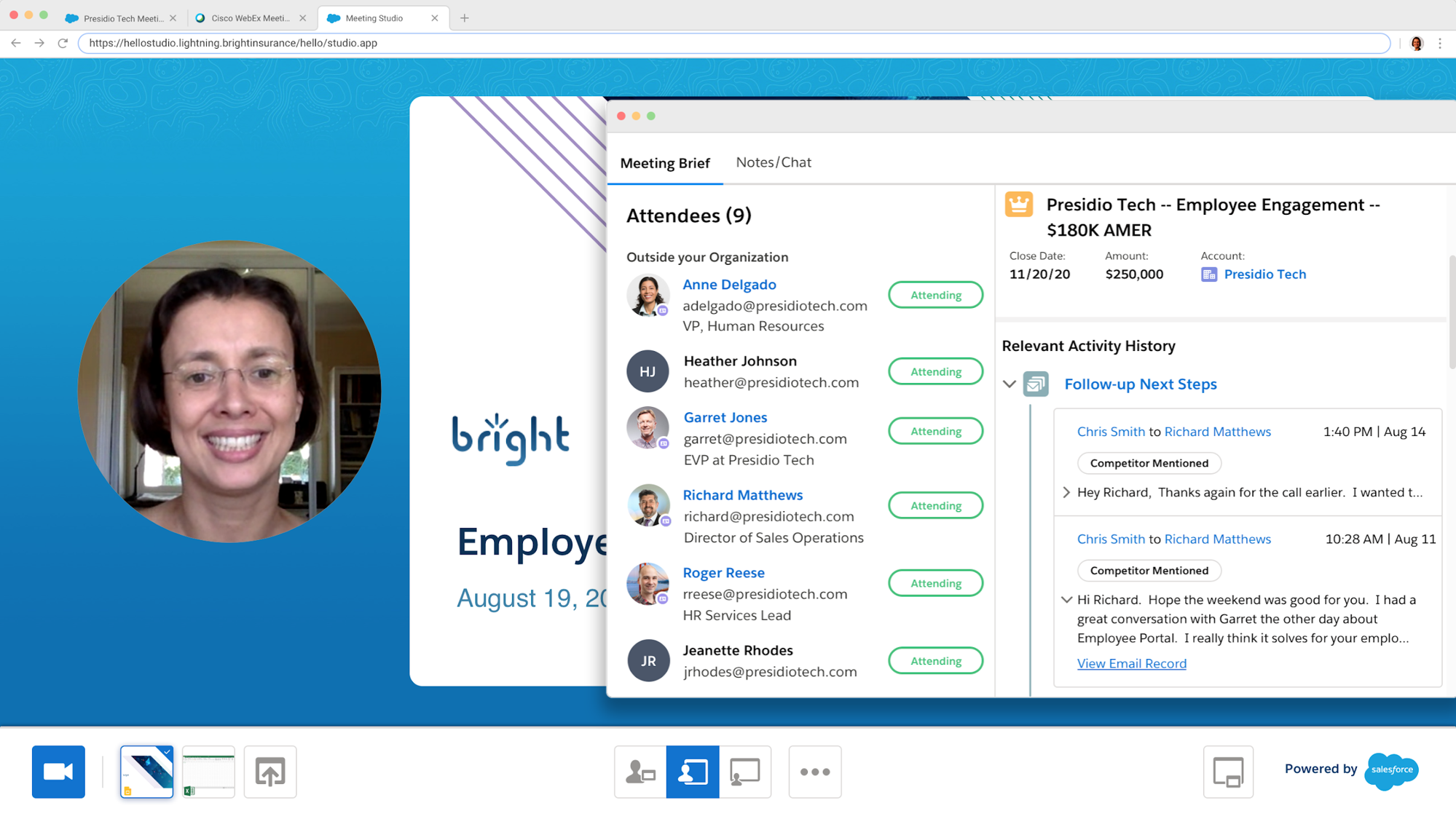

The COVID-19 pandemic has changed the world forever – not only from a healthcare point of view, but it has also accelerated remote working trends to the point that they are now ubiquitous.
In true Salesforce fashion, Marc Benioff and his team continued to innovate throughout 2020, carefully paying attention to the trends, and how they could support companies around the world to cope with the pandemic using their cloud software.
Two products were developed to deal directly with the pandemic. There was Work.com to help companies bring employees back to the office safely. And there was also the Vaccine Cloud to support healthcare companies to deliver the COVID-19 vaccine.
With so much going on, it’s also easy to forget that Salesforce acquired Vlocity back in February 2020 for $1.33B. This was the catalyst for Salesforce to go full steam ahead with Salesforce Industries, combining their existing industry clouds with Vlocity’s, to ensure they can cover as many verticals as possible.
Last but not least, who can forget the Slack acquisition. This was nearly double their previous acquisition record of Tableau at $27.7 billion, and ties perfectly into Salesforce’s vision for a remote-first workforce. Whilst the acquisition was shot down by a few analysts, recent data from the Tableau and MuleSoft acquisitions shows that Salesforce is growing these companies at a yearly rate of 38% and 49% respectively. Salesforce’s track record with acquisitions has been great, and I have no doubt that Salesforce will do the same with Slack.
2021: The Rise of DevOps and The Future of Automation
While the world was slowly coming out of the COVID-19 pandemic, Salesforce was busy acquiring companies and working on new initiatives that would shape how Salesforce professionals build on the platform, and how customers engage with Salesforce.
One of the biggest trends at the start of 2021, was the amount of attention and funding Salesforce DevOps companies were getting. Since the pandemic, companies have become even more reliant on Salesforce as a CRM, and as companies adopt more products, their development efforts and releases get vastly more complicated.
Companies such as Copado, Gearset, Prodly, AutoRABIT, and OwnBackup were leading the charge. Check out some of the crazy funding rounds in this summary post.
Salesforce also announced their Netflix-style streaming service called “Salesforce+” – this would be Salesforce’s move into production, creating original series to empower their customers and prospects.
But one of the biggest announcements to come out of 2021, was Salesforce’s official announcement of the retirement of its classic automation tools, Workflow Rules & Process Builder, in favor of Flow. This wasn’t a shock for Salesforce professionals, as these tools had not been updated in many years. But it did wake many people up as to how they would migrate all of their (now “legacy”) automations!
2022: NFT Cloud, DevOps Centre and Slack Innovation
So far in 2022, it’s been a wild ride with the Salesforce platform.
The year kicked off with a controversial news leak from Salesforce surrounding their “NFT Cloud”. This would be a new platform for companies to create, mint, and sell digital artwork using NFT technology. Since the leak, Salesforce has officially announced the NFT Cloud, ensuring that any of the concerns raised by employees have been addressed.


At TrailblazerDX, a couple of announcements were made that would change the game forever. The first being an anticipated announcement about the future of Slack.
Whilst Salesforce had completed their acquisition of Slack in mid-2021, there had only been announcements around integrations. But with Flow and Apex as the primary automation tools, Salesforce announced that both would be integrated into Slack, allowing unlimited possibilities when it comes to integration and building Slack into business processes.
Alongside the Slack announcement, Salesforce provided an update on their anticipated release of the Salesforce DevOps Centre. This would be Salesforce’s first big move into DevOps for years and would see see the release of a tool to replace change sets that utilizes DevOps best practices.
Summary: Salesforce Beyond the Cloud
Salesforce.com’s own successes are very impressive, but their impact on the community and the world they are trying to create is even more so. Through their 1/1/1 model they have donated millions of dollars and thousands of hours of volunteer work, as well as millions of dollars’ worth of their own product to charities around the globe.
Who knows what the future holds for Salesforce and the community they have created, but based on past performance, the future looks very bright!
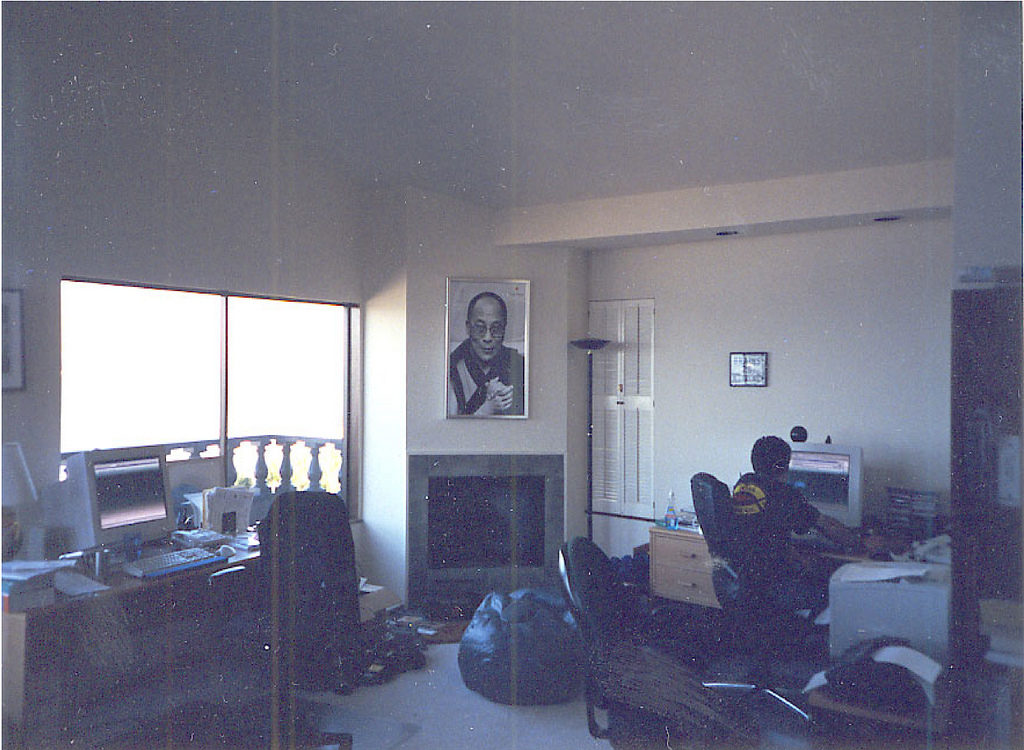
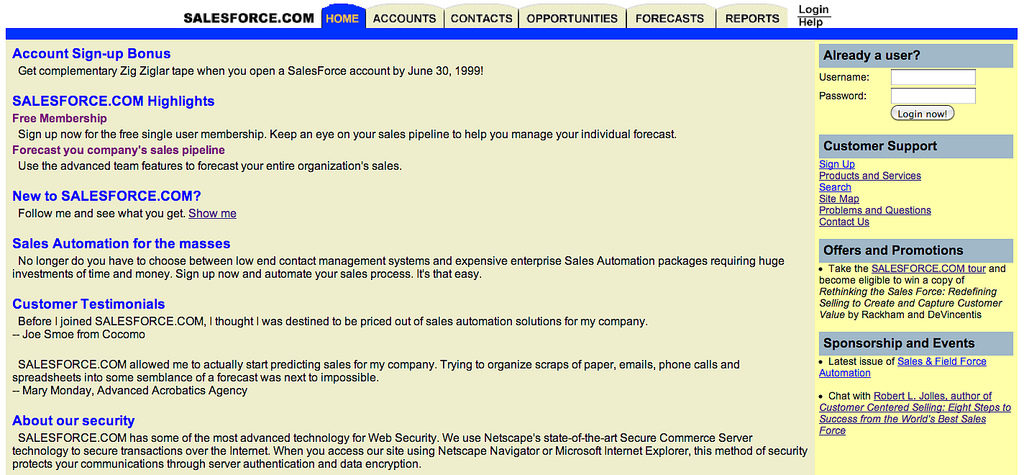

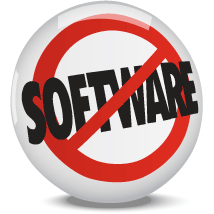



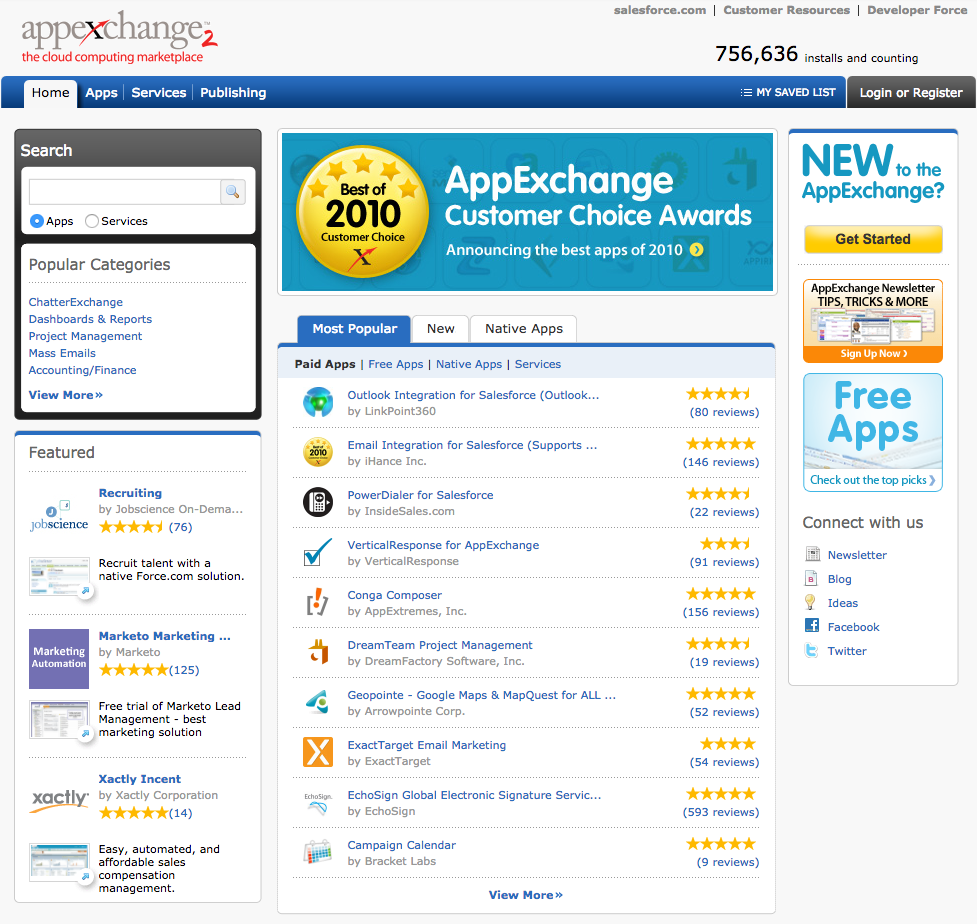

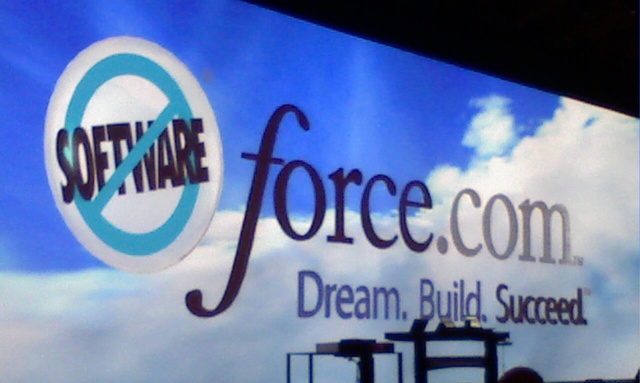

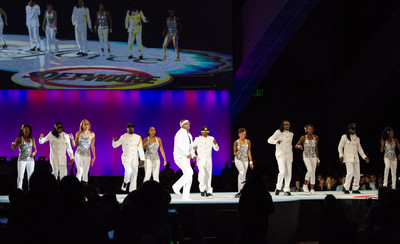
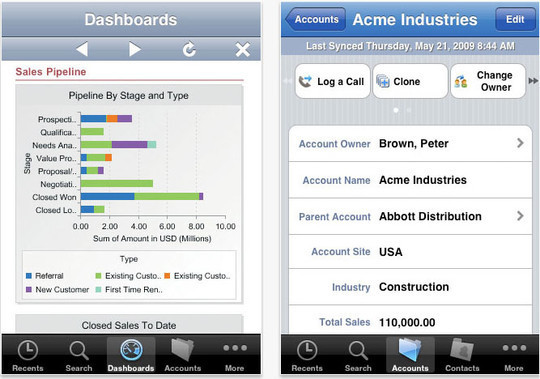
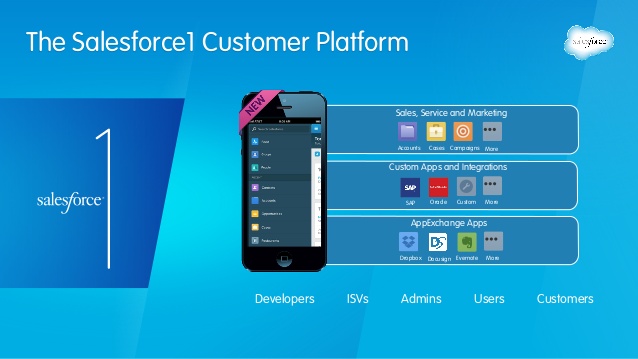


Comments: